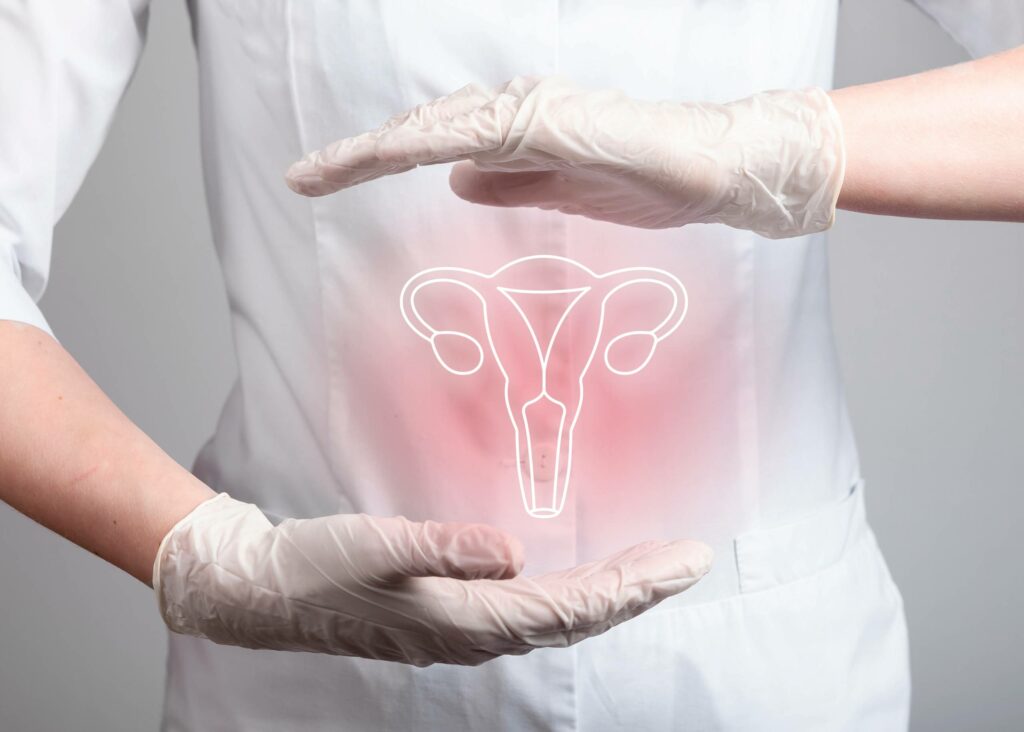Welcome to a journey through the various stages of a woman’s life, where we explore the nuances of cervical health and the pivotal role that nutrition plays in fostering overall well-being. From childhood to the golden years, understanding the unique needs of each life phase empowers women to take charge of their health. In this comprehensive guide, we delve into the importance of nurturing cervical wellness through the ages.
Childhood and Adolescence: Laying the Foundation

In the early years, proper nutrition sets the stage for a lifetime of health. A balanced diet is not only crucial for growth and development but also influences the health of the cervical region. Calcium and vitamin D, found in dairy products and sunlight, contribute to bone strength, including the spine and pelvic bones that support the cervix.
As young girls transition into adolescence, adequate nutrition becomes even more critical. The nurturing of overall health during this phase lays the foundation for reproductive well-being in the future.
Reproductive Years: Fertility and Family Planning

Entering the reproductive years brings a new set of considerations for cervical health. Nutrition plays a pivotal role in supporting hormonal balance and menstrual health. A diet rich in iron, found in lean meats and leafy greens, supports blood health, ensuring a regular and healthy menstrual cycle.
For those planning to start a family, the importance of folate in preventing neural tube defects during pregnancy cannot be overstated. A diet that includes folate-rich foods such as lentils, beans, and leafy greens is essential for women in their childbearing years.
Pregnancy and Postpartum: Nourishing Mother and Baby

Pregnancy places unique demands on the body, including the cervix. Proper nutrition is essential for both maternal and fetal well-being. A diet rich in folic acid, iron, and calcium supports the development of a healthy baby and aids in postpartum recovery.
Postpartum nutrition is equally crucial, supporting breastfeeding and replenishing nutrient stores. Omega-3 fatty acids found in fish, flaxseeds, and walnuts are particularly beneficial for both mother and baby.
Perimenopause: Navigating Hormonal Changes
 As women approach perimenopause, hormonal shifts can impact cervical health. Nutrition becomes a powerful tool for managing symptoms and promoting overall well-being. Omega-3 fatty acids play a role in reducing inflammation, while antioxidants found in fruits and vegetables help manage oxidative stress during this transitional phase.
As women approach perimenopause, hormonal shifts can impact cervical health. Nutrition becomes a powerful tool for managing symptoms and promoting overall well-being. Omega-3 fatty acids play a role in reducing inflammation, while antioxidants found in fruits and vegetables help manage oxidative stress during this transitional phase.
Menopause and Beyond: Supporting Cervical Health in Later Years

Menopause signals a new chapter, and nutritional strategies can support cervical health during this stage. The decline in estrogen levels impacts cervical tissues and bone health. A diet rich in calcium and vitamin K, found in dairy products, leafy greens, and broccoli, helps maintain bone density.
Empowering Women Through Nutrition
In every stage of life, from childhood to the golden years, proper nutrition is a cornerstone of cervical health. By understanding and addressing the unique needs of each life phase, women can make informed dietary choices that contribute to overall well-being. Remember, a healthy lifestyle, regular check-ups, and a nourishing diet are key elements in the journey to sustained cervical wellness.
Always consult with healthcare professionals for personalized advice based on individual health needs. Embrace the power of nutrition, and let it be your guide to nurturing cervical wellness through the ages.



